Treen to St Just, 17km, 475 metres of climbing
‘Don’t worry about walking a mile in my shoes. Just try a day thinking in my head’. Aunty Acid
There were to be no places to buy any food or drink on the walk today so we bought a packed lunch at The Gurnard’s Head Inn. It looked quite big so we just got one to share. Two ‘huffers’ (sandwiches of cheese, lettuce and a yummy pickle), a flap jack, a bag of chippies, an apple and a bottle of water. All for just €10.50 – maybe a trifle expensive.
Today started off as a continuation of yesterday; stark cliffs, granite pinnacles, rugged exposed headlands and tiny scenic coves. Today we also had more sun so we had translucent emerald water. The going was a bit slow as the path had more boggy patches and boulder strewn hillsides. From the start we could see the Pendeen lighthouse far away in the distance, gleaming in the sun.
Things of interest this morning were ruins below an iron age fort at Bosigran and rock climbers suspended over the ocean on the cliff face of Bosigran. This is a popular spot for climbing and nearby was a car park full of cars at 9.30 in the morning. We had hoped to make it to the lighthouse for lunch but after four hours stopped at a small headland overlooking the lovely Portheras Cove. From this spot we could see a tiny white building on the cliff edge overlooking a tiny cove called Boat Cove. On inspection this was The Pendeen Fisherman’s Mission and the building was shaped like a boat, complete with port holes. There were three large balustrade posts to a deck, and these had been carved with the heads of sailors. They were called ‘The Old Boys’. From here it was a short walk to Pendeen Watch Lighthouse.
From the lighthouse to the end of our day at Cape Cornwall it was all about Cornwall’s coastal mining heritage. This ranged from unattractive 20th century industrial relics and slag heaps to romantic stone-built cliff-face engine houses. All in a state of ruin. At the old mining area of Geevor (which only ceased operations in 1990) there is a museum and at Levant the National Trust has a working steam engine in the Levant Beam Engine House. At both of these places there were tours down into the mines. There are hundreds of miles of underground galleries and shafts extending far out under the sea, all abandoned and forgotten. We didn’t have time to stay and take any of the tours and in any case Barbara thought the whole area looked ‘Grim’.
Apart from going inland 2 km to the village of St Just, our walk ended at Cape Cornwall. This is a striking conical headland once thought to be the most westerly point in mainland Britain. It was later determined that Land’s End had this distinction. Cape Cornwall is referred to as ‘the connoisseur’s Land’s End. A cape is defined as a headland where two oceans or currents meet; in this case the English Channel and St George’s Channel. At the highest point of the cape is a mining chimney dating from the 1850s. This has been left as a navigation aid.
We are tonight in St Just, the most westerly town in mainland Britain. It is a lovely town, pop about 4,000 with a strong arts community. There are pubs and cafes centred around a tiny (triangular) square and most of the buildings are made of granite. Believe it or not, it is not known who St Just was!
- Breakfast, The Gurnard’s Head Inn
- Not bad!
- The hamlet of Treen
- Gurnard’s Head
- Cove Cottage
- Gurnard’s Head
- Granite outcrops
- To the lighthouse!
- Looking back to Gurnard’s Head
- Barbara’s friends
- ‘Move your bloomin’ arse’ as Eliza Doolittle would say
- Scrambling over rocks
- Nice stone slab for the bridge
- There’s a path through there somewhere
- Rock climbing Bosigran Cliff
- Lighthouse not getting much closer!
- Emerald green sea
- Pony grazing
- A bit boggy in places today
- Slowly getting to the lighthouse
- Packed lunch from Gurnard’s Head Inn, one person ten pound fifty pence
- Unpacked lunch
- Lunch overlooking Portheras Cove
- Portheras Cove
- Pendeen Fishermens Mission
- Pendeen Fishermens Mission
- The Old Boys, Pendeen Fishermens Mission
- Pendeen Fishermens Mission
- Pendeen Lighthouse
- Pendeen Lighthouse
- Pendeen Lighthouse
- Pendeen Lighthouse on Pendeen Watch
- Geevor Tin Mine
- Geevor Tin Mine
- Geevor Tin Mine
- Geevor Tin Mine
- Chimneys Levant Mine
- Chimney Levant Mine
- Levant Mine
- Levant Mine
- Levant Mine
- Levant Mine
- Levant Mine
- Levant Mine
- Levant Mine
- Old mine shafts
- Levant Mine
- Levant Mine
- Levant Mine
- Crown Mine
- Crown Mine
- Crown Mine
- Crown Mine
- Cape Cornwall
- Cape Cornwall
- Entering St Just
- The Commercial Inn, St Just
- The Commercial Inn, St Just
- The Commercial Inn conservatory
- Home made Cornish fish pie, salad and granary bread
- Steak pie with Cornish Ale, mash and vegetables
- St Just
- St Just
- St Just
- St Just Parish Church
- St Just
- St Just


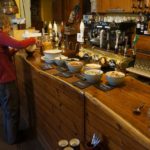
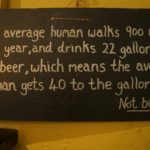
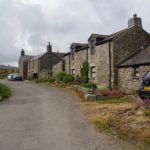
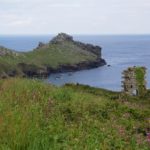
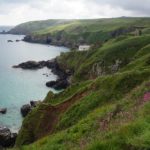
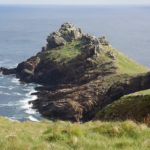
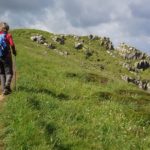
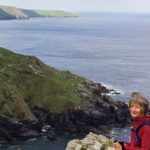
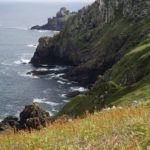
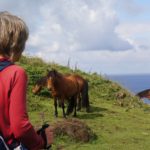
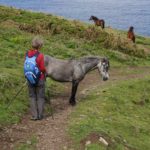
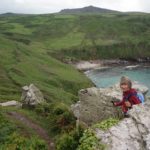
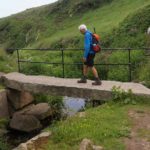
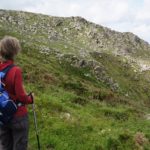
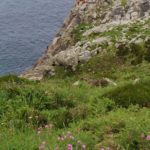
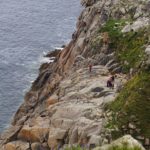
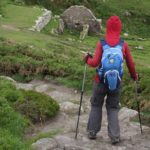
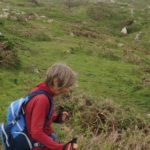
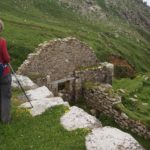
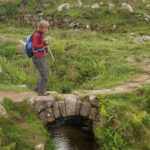
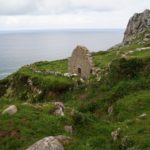
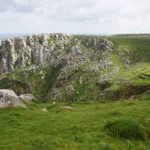
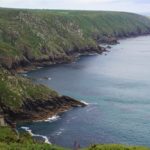
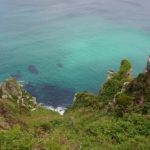
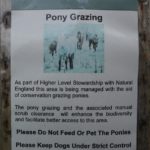
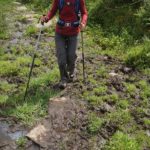
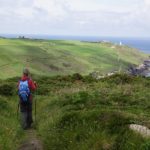

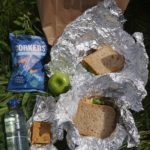
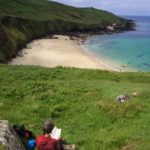
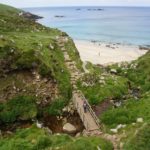
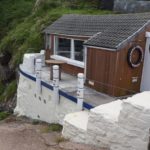
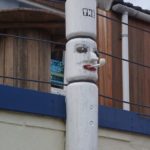
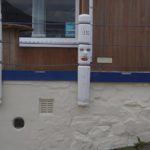
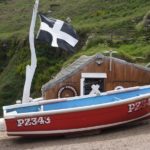
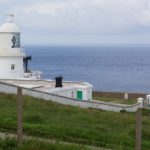
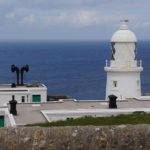

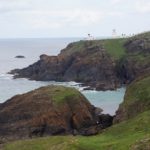
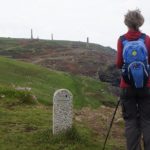
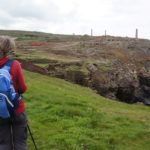
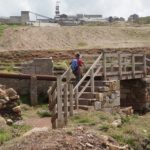
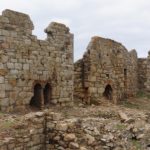
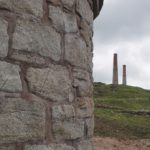
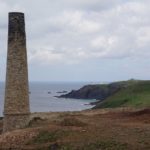
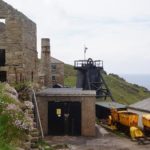
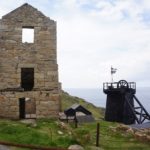
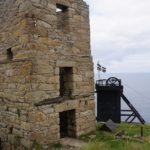

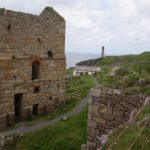
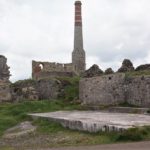
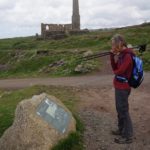
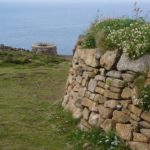
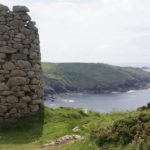
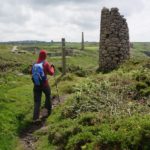
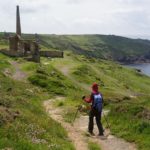
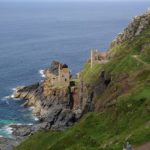
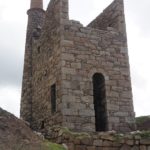
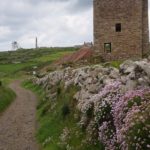
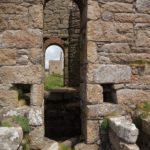
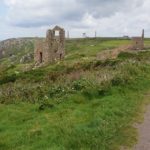
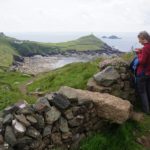
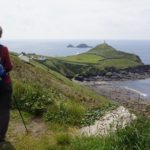
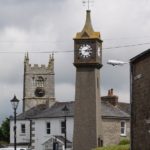

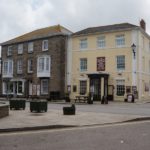

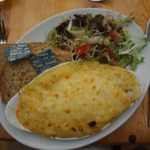

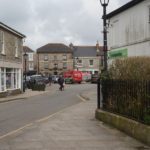
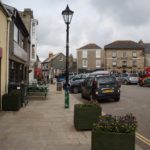
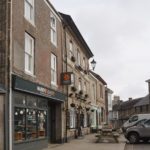
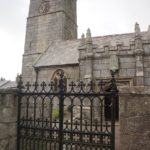
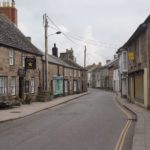
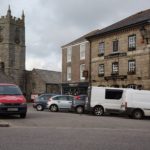
Your breakfasts continue to look yummy!
Old mine buildings and surrounds look interesting. Quite a contrast to the well kept lighthouse.